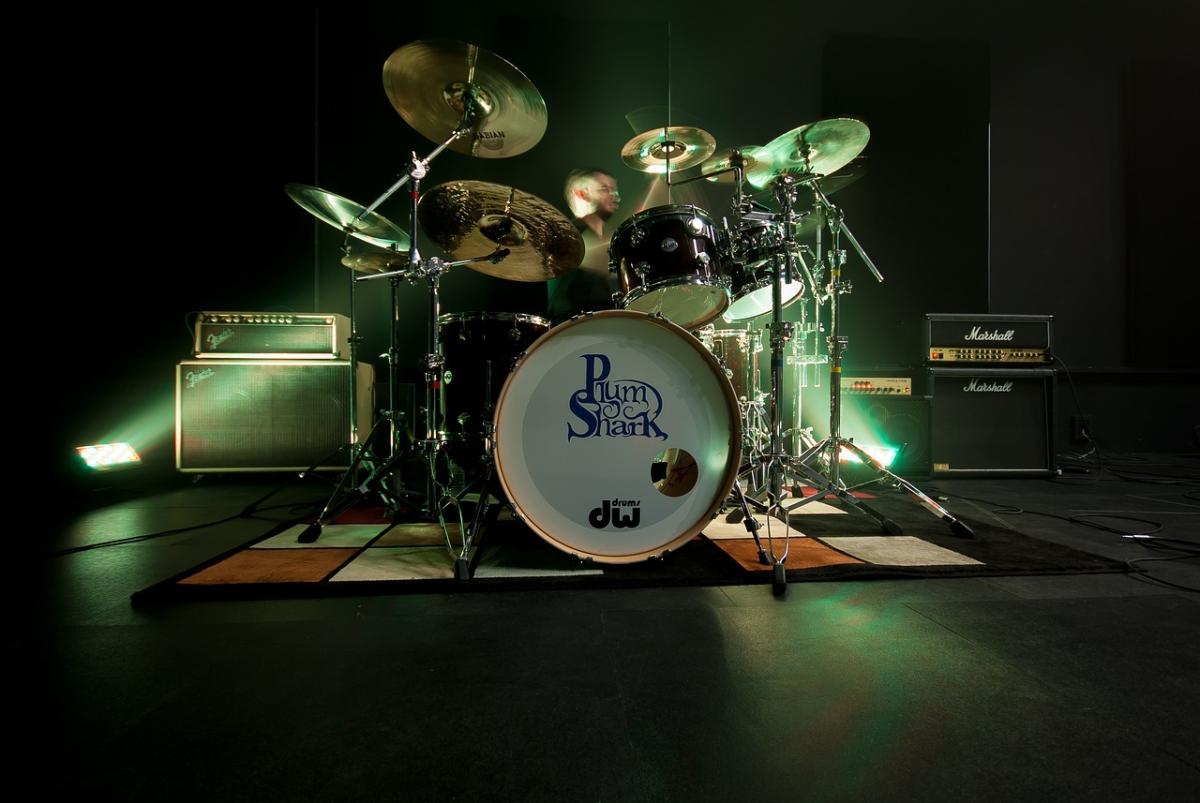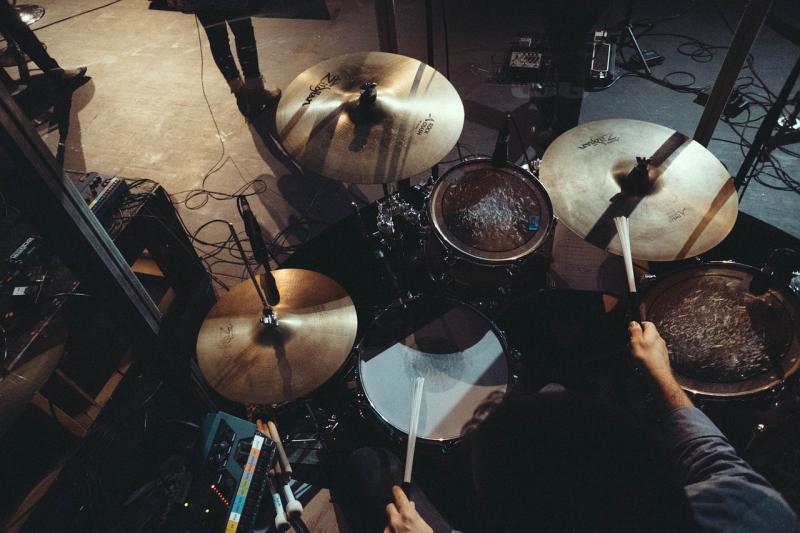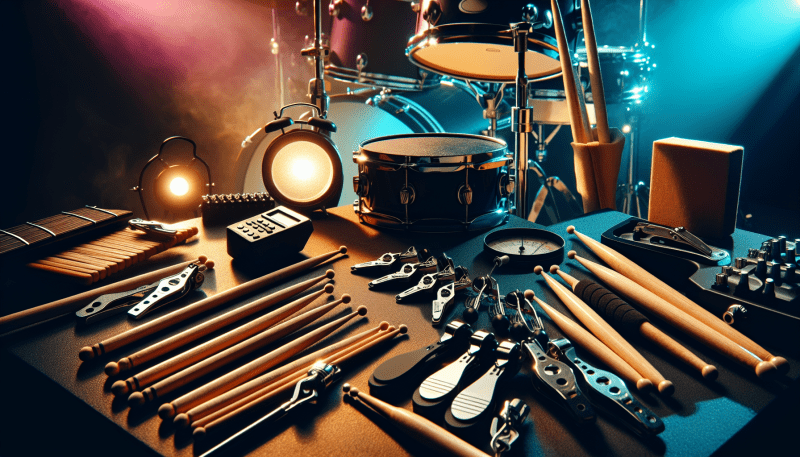Drum sets have a rich and fascinating history that traces back centuries. They have become a fundamental part of modern music, transforming the way we experience rhythm and melody. So, how did this musical revolution come to be?
The origins of drum sets can be traced back to Africa in the 18th century, where various tribes used percussions to create rhythmic beats during tribal ceremonies and events. These primitive drums were made from raw materials such as clay, animal hide, and wood, and their primary purpose was to communicate messages and set the pace for communal activities.
As European colonization took place, African slaves were brought to the Americas. They brought with them their rich musical traditions, including their rhythmic drumming techniques. This musical heritage played a crucial role in the development of American music, giving birth to genres such as jazz, blues, and rock 'n' roll.
It was during this time of cultural interchange that drum sets as we know them today began to take shape. Musicians started experimenting by combining different types of drums, cymbals, and percussion instruments to create a more versatile and dynamic sound. This innovative approach gave birth to the modern drum set, which typically consists of a bass drum, snare drum, tom-toms, hi-hat cymbals, and crash cymbals.
Evolution of Design: The Birth of Drum Sets
Drum sets have become an integral part of modern music, providing rhythm and energy to countless musical compositions. However, their journey from simple percussion instruments to the sophisticated drum kits we know today is a fascinating tale of innovation and creative thinking.
In the early 1900s, drummers faced a challenge – they needed to play various percussion instruments simultaneously. This led to the birth of the first drum sets. Initially, drummers began attaching cymbals and small percussion instruments to their bass drums, allowing them to strike more than one instrument with a single strike of the pedal. These early configurations paved the way for more elaborate designs.
As jazz music gained popularity in the 1920s, drummers sought ways to increase their control over the sound and playability of their instruments. Improvements were made to the cymbal stands, allowing drummers to adjust their height and angle, resulting in greater versatility and better sound projection. The introduction of the hi-hat cymbal, a pair of cymbals operated with a foot pedal, provided even more rhythmic possibilities.
By the mid-20th century, the drum set had transformed into a diverse and complex instrument. Innovations such as tension rods, adjustable snare wires, and tom-toms gave drummers vast tonal possibilities. The addition of new cymbals, including ride cymbals, crash cymbals, and splash cymbals, allowed for a wider range of expressive playing techniques.
Impact on Music: Drum Sets' Revolutionary Sound
When it comes to the history of music, few instruments have had as profound an impact as the drum set. With its thunderous beats, rhythmic patterns, and explosive energy, the drum set has revolutionized the way we experience and enjoy music. From the exhilarating energy of rock 'n' roll to the complex polyrhythms of jazz, the drum set has left an indelible mark on countless genres and musicians.
One of the key reasons for the drum set's revolutionary sound is its ability to produce a wide range of percussive sounds and patterns all in one compact instrument. Unlike other percussion instruments that are limited to a single sound, a drum set consists of multiple drums, cymbals, and other percussion elements that can be played simultaneously or individually. This versatility allows drummers to create intricate rhythms, syncopations, and dynamic variations, pushing the boundaries of musical expression.
Another factor contributing to the drum set's revolutionary sound is its integration into various genres of music. From the high-energy beats of rock and pop, to the syncopated rhythms of funk and reggae, the drum set has provided the backbone for countless iconic songs and grooves. By blending different percussive elements, drummers have been able to add depth, drive, and energy to musical compositions, creating memorable and impactful moments that resonate with listeners.
Furthermore, the drum set's revolutionary sound has paved the way for the emergence of new musical styles and genres. The advent of electronic drums and drum machines in the late 20th century, inspired by the versatile and dynamic nature of the traditional drum set, led to the birth of electronic dance music (EDM) and various electronic genres. These new forms of music rely heavily on synthesized drum sounds and programmed beats, showcasing the continued evolution and influence of the drum set on the musical landscape.
Popularity and Influence: Drum Sets Take Center Stage
Drum sets have become an integral part of almost every contemporary music genre, elevating the rhythmic foundation of songs and adding a powerful element that resonates with audiences worldwide. From rock and pop to jazz and hip-hop, these percussive instruments have unleashed a musical revolution that continues to captivate listeners and drive the beat. Their versatility and infectious energy have made drum sets an iconic symbol of rebellion, expression, and creativity.
Historically, drum sets have been traced back to the early 20th century, when drummers began experimenting with a combination of drums, cymbals, and other auxiliary percussion instruments like tambourines and wood blocks. As technology advanced, so did the drum set, evolving into the complex and sophisticated instrument we know today. With its distinct sound and ability to create a wide range of tones, the drum set quickly gained popularity, infiltrating almost every music scene across the globe.
Beyond their musical contributions, drum sets have also had a profound cultural impact. The pulsating rhythms and primal energy created by skilled drummers have the power to bring people together, transcending language and cultural barriers. From large concert venues to intimate jam sessions, the infectious beat of a drum set has the ability to unite people, creating a sense of community and shared experience. Furthermore, drummers themselves have often become cultural icons, revered for their technical prowess and showmanship, shaping the image of a rebellious musician who sets the stage on fire with their rhythmic abilities.



